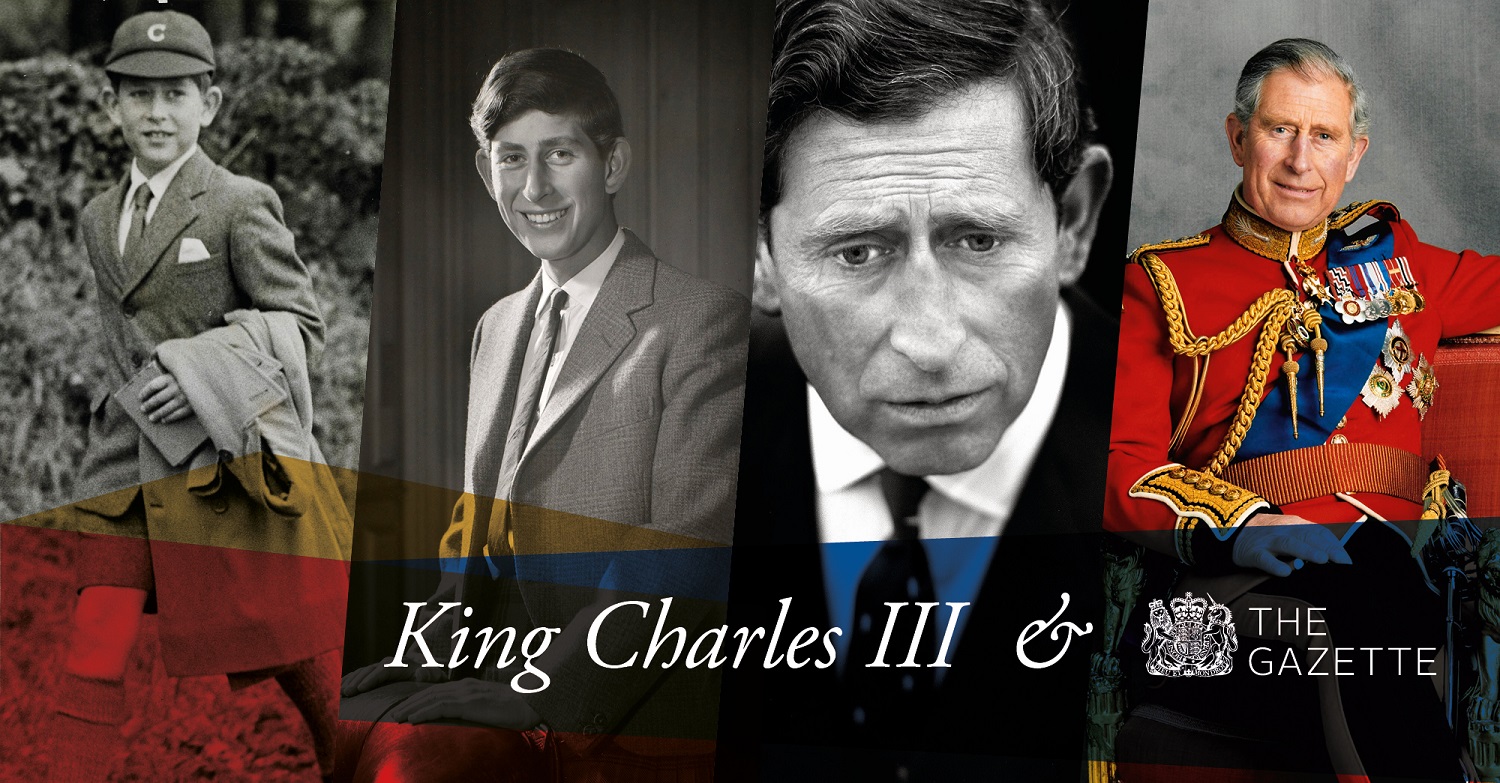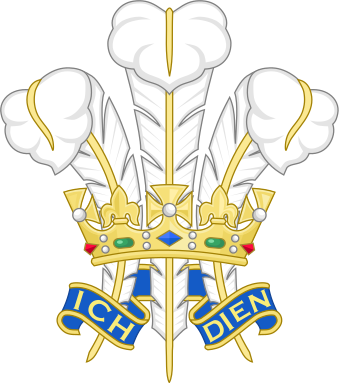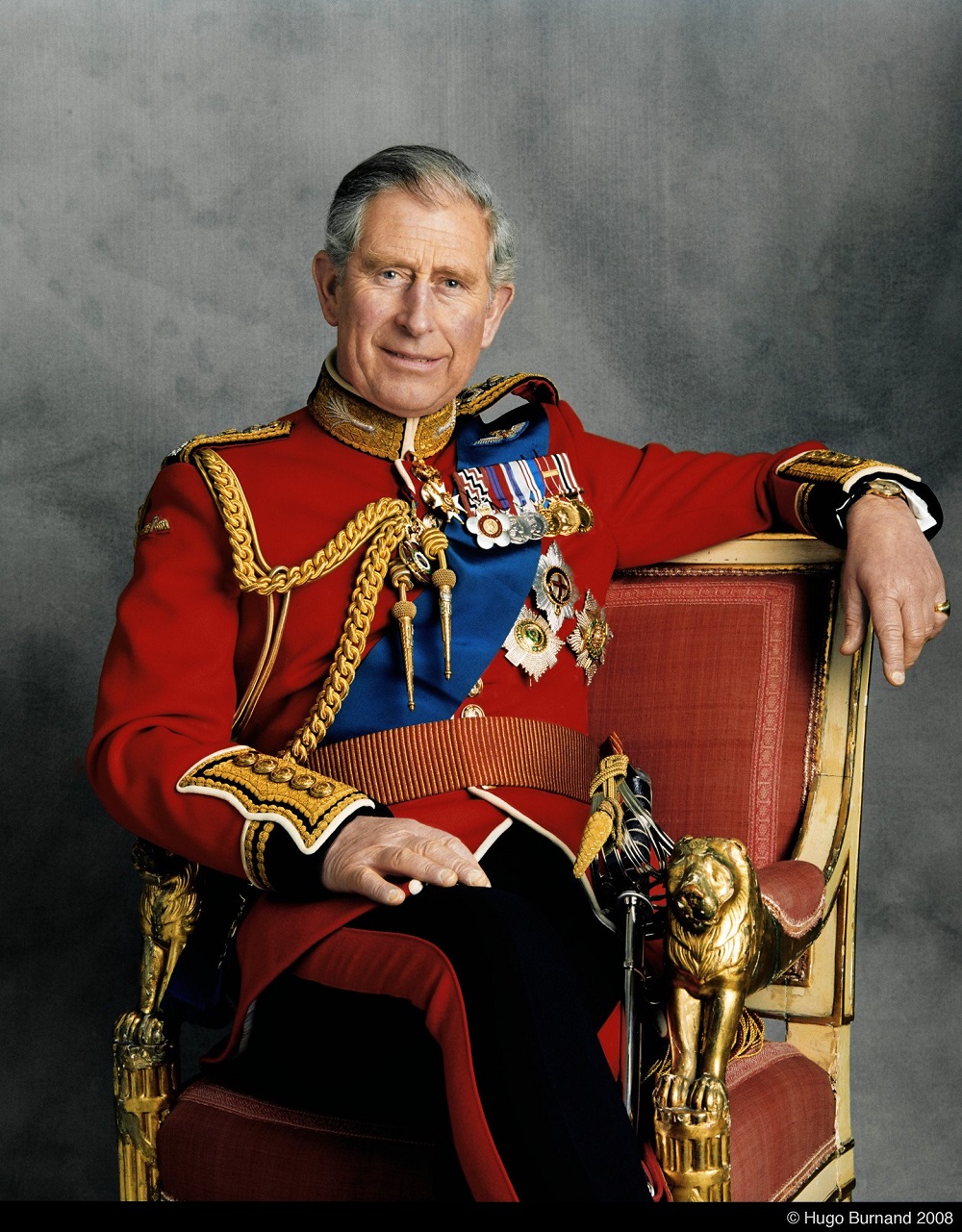King Charles III and The Gazette: Other notices

Ahead of the coronation due to take place on Saturday 6 May 2023, historian Russell Malloch examines aspects of the new King’s life that have left a record in The Gazette. In this chapter, we look at warrants of appointment, as well as Charles III’s relationship with Windsor and the Church of Scotland.
Chapters

Warrants of appointment
Beyond matters relating to titles, honours and the armed forces, The Gazette reported very few of Prince Charles’s many appointments and activities, as most were of a commercial or private nature, rather than being matters of an official or public standing.
The Gazette did, however, report the prince’s decision to grant of warrants of appointment to manufacturers and retailers, together with issues involving three of the very different offices he filled, namely those of high steward of Windsor, member of the Commonwealth Development Corporation, and high commissioner to the general assembly of the Church of Scotland.
The prince’s feathers and Ich dien motto appeared in a variety of settings beyond regimental badges and heraldic displays in European chapels, as the royal emblem was used by some of the charitable and other organisations with which he was associated.
The feathers were also put to a commercial purpose after The Gazette announced that, as from 1 January 1980, the prince would consider the grant of royal warrants of appointment “to tradesmen, both manufacturers and retailers, who have, during the preceding three-year qualifying period commencing January 1st 1977, made a continuous, satisfactory and direct supply of goods or services to His Royal Highness” (Gazette issue 47039). Applications were invited, and it was explained that parties such as “bankers, solicitors, art dealers, employment agencies, etc., who render professional services” were ineligible to receive his warrant.
The process led to a series of notices being issued by the Lord Chamberlain’s Office, starting in July 1980, when The Gazette listed the persons who held warrants and were permitted to style themselves “By Appointment to His Royal Highness” and entitled to display “The Prince of Wales’s badge of three feathers”. The initial group included Salter & Son of Aldershot who manufactured polo sticks, and the silversmith Gerald Benney (Gazette issue 48238).
Royal Borough of Windsor
One of Gerald Benney’s royal commissions was a set of silver boxes to mark the 25th wedding anniversary of the Queen and the Duke of Edinburgh in 1972, which were decorated with views of the principal royal residences, including Windsor Castle.
Prince Charles’s long connection with Windsor was highlighted a few years after the silver wedding, when the Queen confirmed that her son had become the high steward of Windsor and Maidenhead (Gazette issue 46493).
The place of high steward was held by senior peers until 1811, when it was granted to a member of the royal family. This happened at a time when the borough assumed a particular significance in the royal story as the castle had become the centre of what was known as the ‘Windsor Establishment’, part of the household that helped Queen Charlotte to manage the welfare of her husband, King George III.
At the start of the regency the office was filled by Frederick, Duke of York, and after that the title was given to several members of the royal family, including the Duke of Clarence (William IV) from 1827 to 1830, then the Duke of Cambridge (1830-50), Prince Albert (1850-61) and Prince Christian of Schleswig-Holstein (1870-1917).

Windsor became a place of even greater relevance to the British monarchy in July 1917 when King George V proclaimed that his house and family name would be Windsor (Gazette issue 30186), and after Prince Christian’s death in October 1917 the office was filled by the Prince of Wales (Edward VIII), who was installed as high steward and granted the freedom of the royal borough at the Guildhall in February 1920.
Prince Charles’s grandfather held the post for a few months from July 1936 until his succession to the Crown in December of that year. The Gazette contained the first notice about the stewardship when it published details about the royal warrant to “approve, allow and confirm the appointment made by the Town Council of New Windsor of His Royal Highness the Duke of York [...] as high steward of the Borough of New Windsor” (Gazette issue 34307). A similar procedure was followed in April 1937 when The Gazette reported that the council had chosen the Duke of Gloucester to succeed his brother (Gazette issue 34386).
The high steward’s duties were light, although the Duke of Gloucester worked for the people of Windsor on a few occasions, as in May 1960 when he presented the freedom of the royal borough to the Duke of Edinburgh as colonel-in-chief of The Duke of Edinburgh’s Royal Regiment (Berkshire and Wiltshire).
By the time of the Duke of Gloucester’s death in 1974 Windsor had been merged with Maidenhead, as part of a wider reform of local government. The borough of Maidenhead also had a high steward who, at the time of the administrative change, was John Smith, the founder of the Landmark Trust and future lord lieutenant of Berkshire.
The Gazette explained that the Queen had approved the council’s decision to appoint the Prince of Wales to be high steward of Windsor and Maidenhead (Gazette issue 46493), and he was installed at the Guildhall on 7 February 1975.
The prince maintained his link with the royal borough through regular visits to the town and to Windsor Castle, were he attended the annual Garter Day ceremonies in June. The personal connection was reinforced in April 2005 when Prince Charles married Camilla Parker-Bowles at the Guildhall, more than 30 years after he was installed there as high steward.
Commonwealth Development Corporation
The prince’s role in the Commonwealth Development Corporation (CDC) had a less tenuous link with the royal family than the royal borough of Windsor, beyond the fact that Queen Elizabeth was both head of the Commonwealth and head of the House of Windsor.
The CDC began as a post-war scheme under the Overseas Resources Development Act of 1948 which provided for a corporation to be established to secure development in colonial territories by investigating and carrying out projects for using their resources with a view to expanding production of foodstuffs and raw materials. The persons responsible for directing the work of the corporation were appointed by a secretary of state, and notices about the nomination of members, and of chairmen such as Lords Reith and Howick of Glendale were notified in The Gazette.
The organisation’s remit was broadened in 1963 to allow for work beyond the colonies, and it became known as the Commonwealth rather than the Colonial Development Corporation. The CDC went through further structural changes and became the United Kingdom government’s principal vehicle for directly helping the private sector in developing countries.
The Prince’s CDC role was gazetted in December 1978, when it was reported that the secretary of state had made him a member of the corporation (Gazette issue 47702).
The work of the CDC was reflected in several honours lists, including a knighthood in 1980 for the general manager Peter Meinertzhagen (Gazette issue 48212), and a CMG in 1989 for Morgan Boyd, the director of operations in Africa (Gazette issue 51981). The Court Circular also noticed some of Prince Charles’s interest after he ceased to be a member of the corporation, as in November 2013 when he was represented at the thanksgiving service for Lord Kindersley, CDC’s chairman from 1980 to 1989.

Church of Scotland
In February 2000 Prince Charles was gazetted on his appointment as the lord high commissioner to the general assembly of the Church of Scotland (Gazette issue 55761), the religious organisation whose special relationship with the Crown was demonstrated at his accession council in 2022.
Notices about the nomination of high commissioners were published in The Gazette from the early 18th century. The majority of candidates were peers until 1924 when the first Labour prime minister selected James Brown, a former miner and the sitting member of Parliament for South Ayrshire. During Prince Charles’s lifetime The Gazette recorded the names of Brown’s successors, who were mainly political or public figures with Scottish connections.
The formal bond between the Crown and the church was strong, as was demonstrated in 1952 when, at her first meeting of the Privy Council, the Queen “was this day pleased to declare that, understanding that the law required she should at her accession to the Crown take and subscribe an oath relating to the security of the Church of Scotland, she was now ready to do so at this first opportunity” (Gazette issue 39463).
The sovereign’s enduring relationship with the church was also evident from the powers that were delegated to the counsellors of state, as one of the few reserved matters when Prince Charles became a counsellor for the first time in 1967 were those “arising in connection with the general assembly of the Church of Scotland.” (Gazette issue 44352)
More than 20 individuals had represented the Queen before Prince Charles, and The Gazette recorded two royal commissions in favour of the Duke of Gloucester and the Princess Royal who opened the general assemblies of 1963 and 1996. The Queen Mother had been due to act in 1967, but she had to withdraw after undergoing an operation and Lord Reith, the former chairman of the CDC, was named in her place.
During his week as high commissioner in May 2000 Prince Charles, using his ducal title of Rothesay, attended several events in Scotland. He began by visiting Whithorn Priory and met members of the local community at Isle of Whithorn who lost relatives in a fishing boat accident, before giving an address at the opening of the general assembly in Edinburgh. He took part in a service in Dunfermline Abbey, visited a drug counselling organisation, attended a garden party at the Palace of Holyroodhouse, and gave a dinner for past and present moderators and high commissioners.
The royal family continued to engage with the Church of Scotland, and The Gazette reported the appointment of the Duke of York as high commissioner in 2007, followed by the Earl of Wessex in 2014, and then a second term for the Princess Royal in 2017 (Gazette issue 61843). The most recent family connection arose in May 2021 when the Duke of Cambridge performed the same role as his father did 21 years earlier.
The Church of Scotland played an important part in Prince Charles’s succession to the Crown, as the Queen died at Balmoral Castle on 8 September 2022, and the initial religious services to mark her life and reign were conducted in Edinburgh in accordance with the Scottish ritual.
The role of the church was also clear from the procedure at the accession council, when King Charles declared that he “shall inviolably maintain and preserve the settlement of the true Protestant religion as established by the laws made in Scotland [...] together with the government, worship, discipline, rights, and privileges of the Church of Scotland.” (Gazette issue 63812)
The King walked behind the coffin bearing the late Queen from the Palace of Holyroodhouse to St Giles’ Cathedral where he attended a service of thanksgiving for her life on 12 September, and he marked the Scottish setting by wearing the insignia of the Thistle during his first public appearance in the uniform of a field-marshal.
Issues of dress and insignia had to be settled at the start of the reign, as the King and his advisers decided what roles and royal emblems he should present in public. For each of the most solemn events to commemorate the life and service of the late Queen, from the gathering in Edinburgh to the final committal at Windsor, the King chose to wear the badge of the Order of Merit, which no previous sovereign had done.
He wore the uniform of a marshal of the Royal Air Force, with the star of the Garter, on 14 September when he accompanied his mother’s coffin as it was taken to lie in state in the Palace of Westminster, and dressed as an admiral of the fleet, with the stars of the Garter and the Thistle, when he stood vigil in Westminster Hall on 16 September.
He wore the same combination of naval uniform with his Garter and Thistle stars and badge of the Order of Merit at the state funeral in Westminster Abbey on 19 September, and at the committal service in St George’s Chapel later that day, when the last chapter of the King’s old connection with The Gazette drew to a close and a new one began.
About the author
Russell Malloch is a member of the Orders and Medals Research Society and an authority on British honours.
See also
The Accession of King Charles III
Succession to the Crown: An introduction
Gazette Firsts: The history of The Gazette and royal coronations
Images
The Gazette
Sodacan
Adobe Stock
Royal Collection Trust / © His Majesty King Charles III 2023
Publication date: 28 April 2023
Any opinion expressed in this article is that of the author and the author alone, and does not necessarily represent that of The Gazette.
